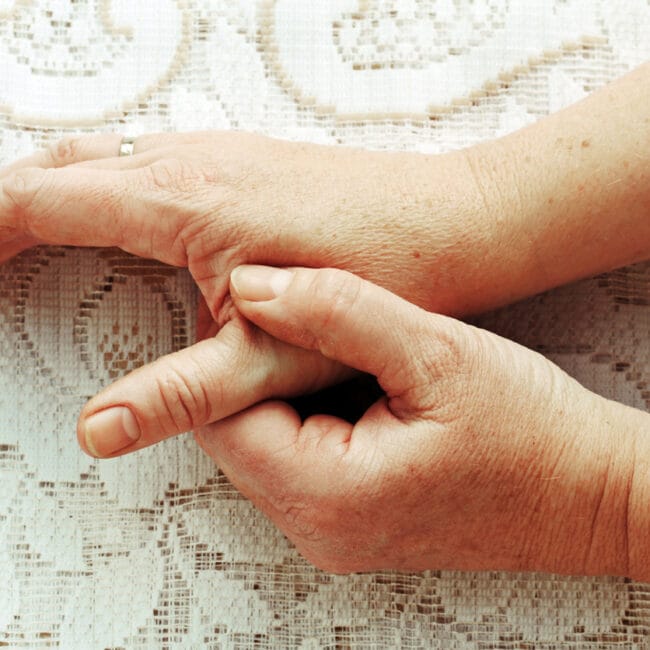A low level of blood flow to the lower limbs is a condition known as poor blood circulation to the legs and feet. This can occur due to lifestyle choices and medical history. This is an important topic because if poor circulation is left unmanaged it can develop into a more serious medical condition such as increased pain, non-healing wounds, blood clots, and sometimes even amputation.
This blog details the signs and causes of poor blood circulation, and provides some helpful advice for how to improve circulation to prevent more serious issues like those outlined above. Read on to find out more!
What is blood circulation?
The blood supply to our legs and feet is made up of arteries and veins. Arteries bring blood from your heart to all over your body, while veins allow blood to return to the heart.
What Causes Poor Blood Circulation?
Depending on lifestyle and/or medical history, our arteries and veins may work less efficiently over time. Our arteries can start to get deposits of plaque made up of fat, which reduces the functioning of the arteries, causing them to become hardened, reducing the flow of blood through the arteries.
In addition to this, our veins can also start to struggle with returning blood flow to the heart, and swelling can develop in the legs and feet due to this. Such factors are what bring about a concern for the development of poor blood circulation to the legs and feet.

Common Symptoms of Poor Blood Circulation
Coldness and pallor appearance
Numbness and tingling
Pain
Swelling
Little to no hair growth
Poor wound healing and ulcerations
Toenails growing very slowly
Varicose veins
Common causes of Poor Blood Circulation
Smoking
Age
Diabetes
Obesity
Sedentary lifestyle
Atherosclerosis and arteriosclerosis
Peripheral arterial disease
Venous insufficiency
How to improve circulation In the legs & feet
Maintain a healthy weight.
Stop unhealthy habits such as smoking.
Get regular exercise and start moving with walking being the best place to start.
Some individuals with leg and foot swelling will be permitted by their doctor to wear compression garments and leg elevation to help with reducing swelling, so if you notice these symptoms, be sure to be seen by a doctor.
For more serious casues, also consult with a vascular surgeon to decide if more treatment is needed.
It is vital that if you notice any of these concerns that you get seen by a healthcare professional as soon as possible, and they will aid in deciding on a treatment plan for you and whether you require blood supply (vascular) treatment
If you are concerned about poor blood circulation in your legs and feet, our team can help. You can schedule an appointment with one of our expert podiatrists by clicking here.
References
Zemaitis MR, Boll JM, Dreyer MA. Peripheral Arterial Disease. [Updated 2021 Jun 16]. In: StatPearls [Internet]. Treasure Island (FL): StatPearls Publishing; 2021










